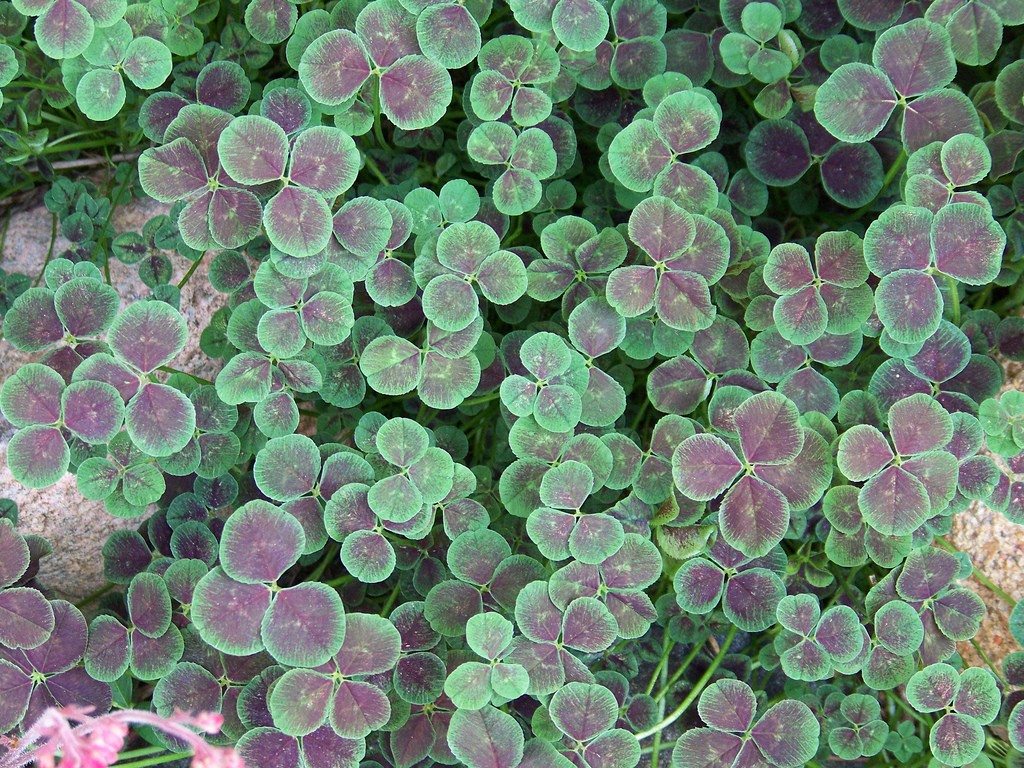Clover Plant Care: Growing Bronze Dutch Clover Plants


Bronze Dutch clover plants (Trifolium repens Atropurpureum) look much like standard, low-growing clover – with a colorful twist; bronze Dutch clover plants produce a carpet of dark red leaves with contrasting green edges. Like familiar clover plants, bronze Dutch clover displays white blooms throughout most of the summer months. Read on to learn all you need to know about growing bronze Dutch clover.
Growing Bronze Dutch Clover
Bronze Dutch clover is easy to grow as long as you can provide well drained, lightly moist soil. The plants tolerate both full sunlight and partial shade, although afternoon shade is beneficial for growing bronze Dutch clover in hot climates. However, too much shade will produce green plants, and a few hours of daily sunlight brings out the red in the leaves.
Bronze Dutch Clover Lawns
Bronze Dutch clover spreads by runners both above and below ground, which means bronze Dutch clover plants expand easily, choking out weeds and controlling erosion in the process. The sturdy plants, which reach heights of 3 to 6 inches (7.6 to 15 cm.), tolerate moderate foot traffic. Although bronze Dutch clover lawns are spectacular, this plant is also stunning in woodland gardens, rock gardens, around ponds, over retaining walls, or in containers.
Caring for Dutch Clover
Work an inch or two (2.5 or 5 cm.) of compost or manure into the ground at planting time to get the young plants off to a good start. Thereafter, clover produces its own nitrogen and requires no supplemental fertilizer. Similarly, clover produces its own living mulch and requires no extra mulch of any sort. Once established, bronze Dutch clover requires little attention. However, young plants benefit from regular irrigation to help the roots establish themselves. Two waterings per week is adequate in most climates, unless if you live in a rainy climate. Mow the plants occasionally, as bronze Dutch clover lawns are most attractive when maintained at about 3 inches (7.6 cm.).
Is Bronze Dutch Clover Invasive?
All clovers are a valuable source of nectar for honeybees and other pollinators. However, improperly maintained plants may become invasive in certain habitats. Check with your local Cooperative Extension Service or your state’s Department of Agriculture before planting Bronze Dutch clover.
Sign up for the Gardening Know How newsletter today and receive a free copy of our e-book "How to Grow Delicious Tomatoes".

A Credentialed Garden Writer, Mary H. Dyer was with Gardening Know How in the very beginning, publishing articles as early as 2007.